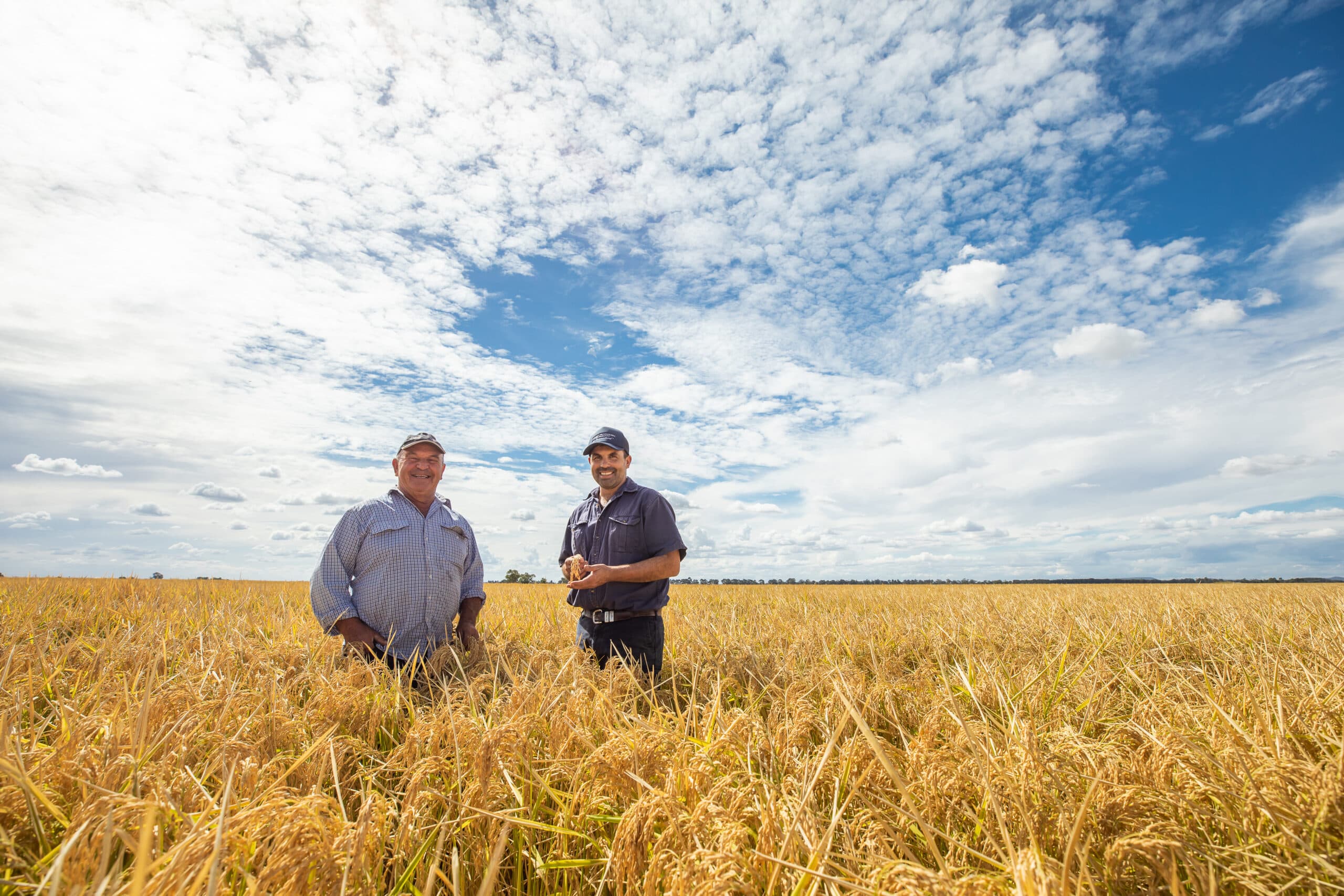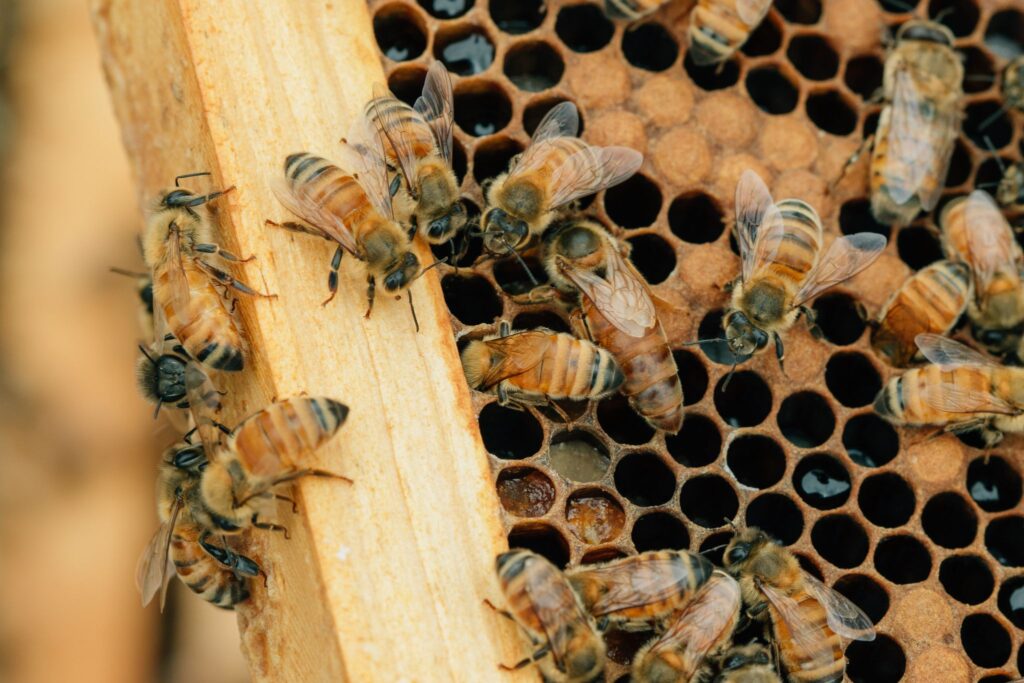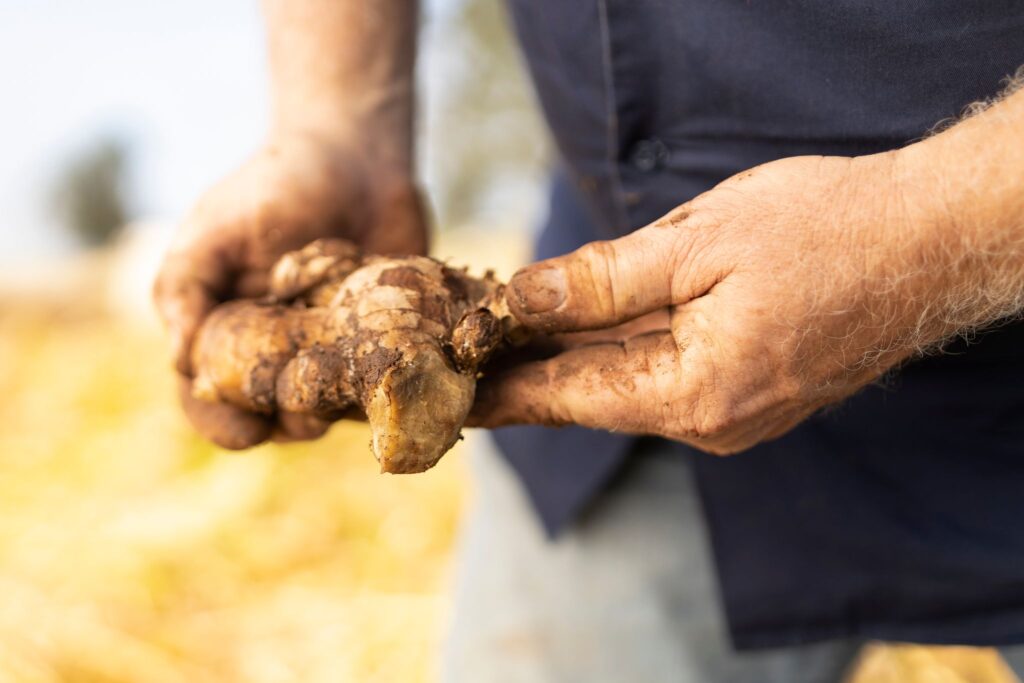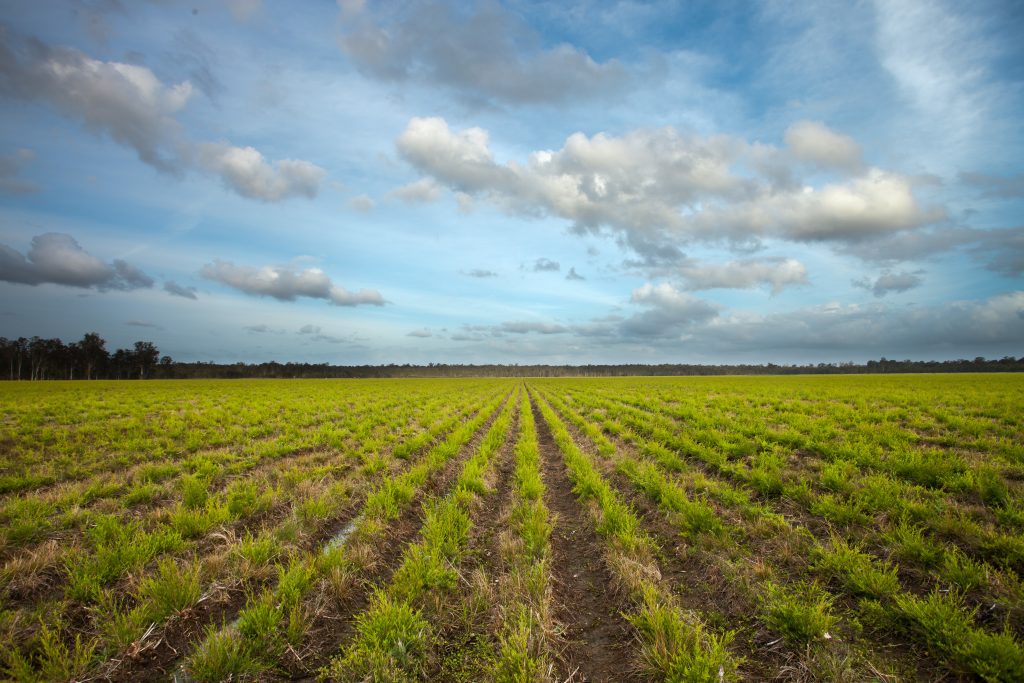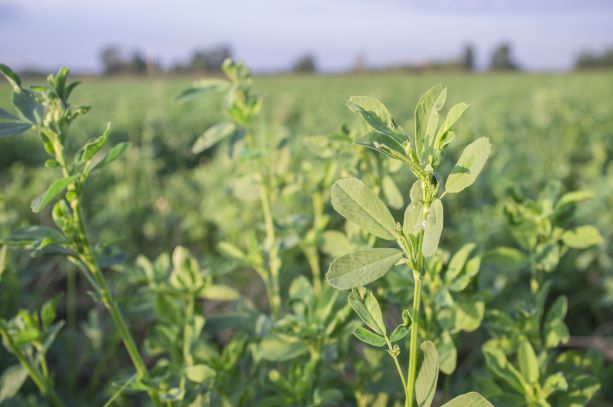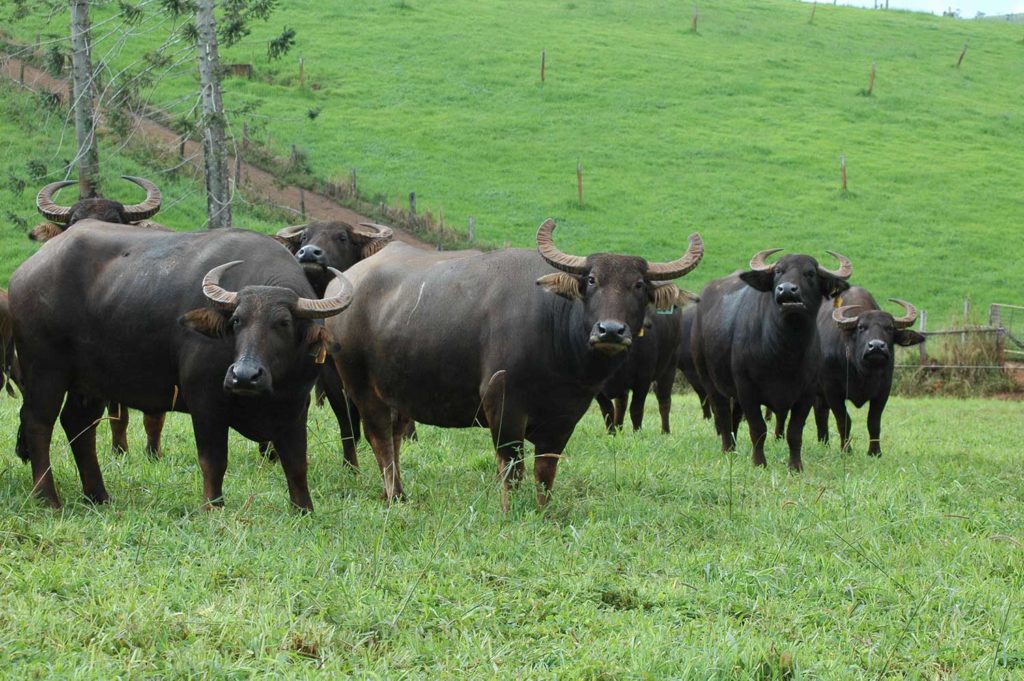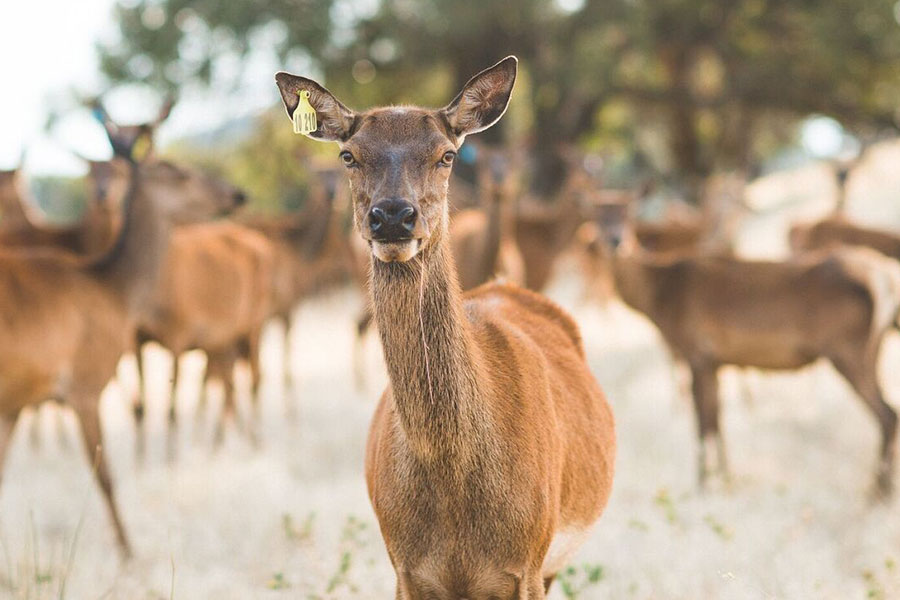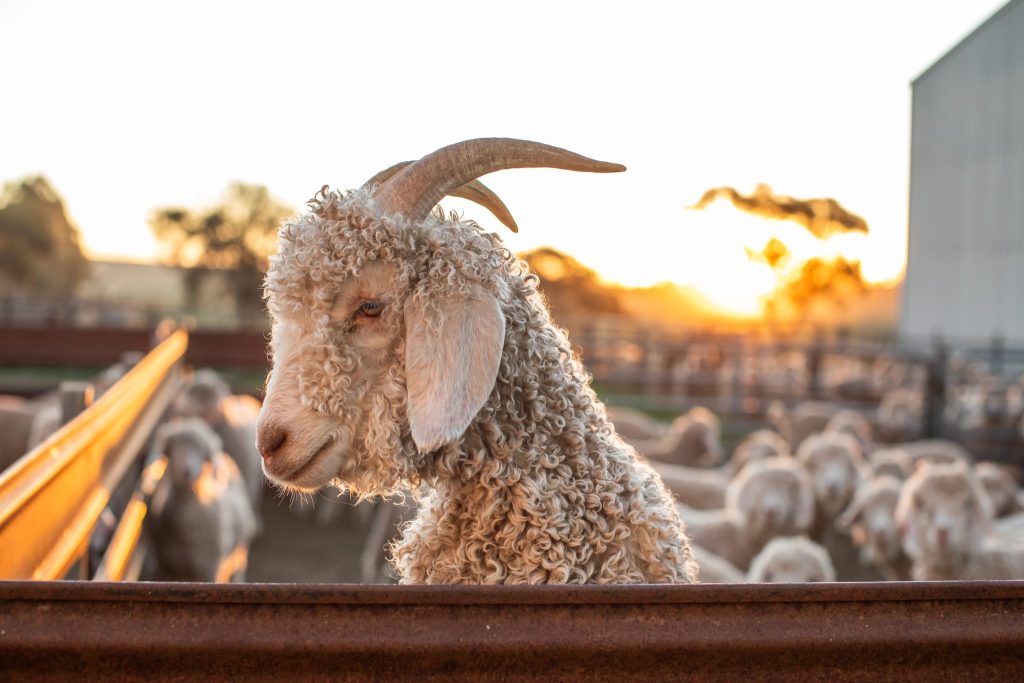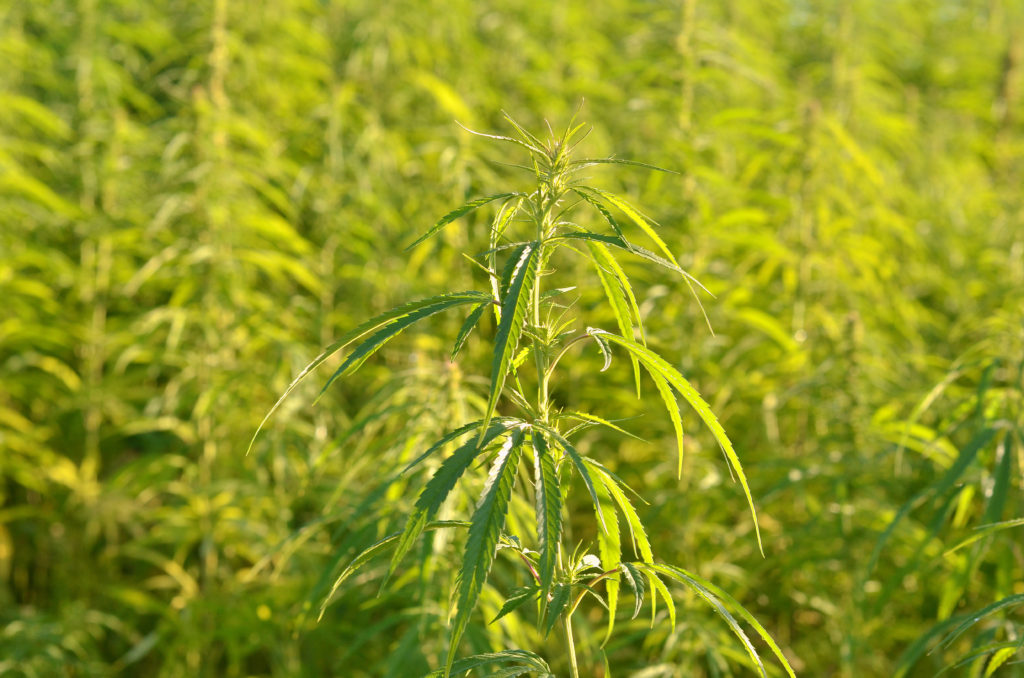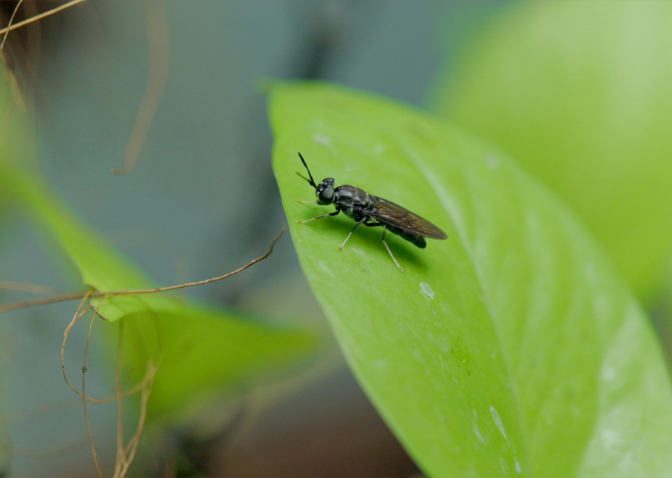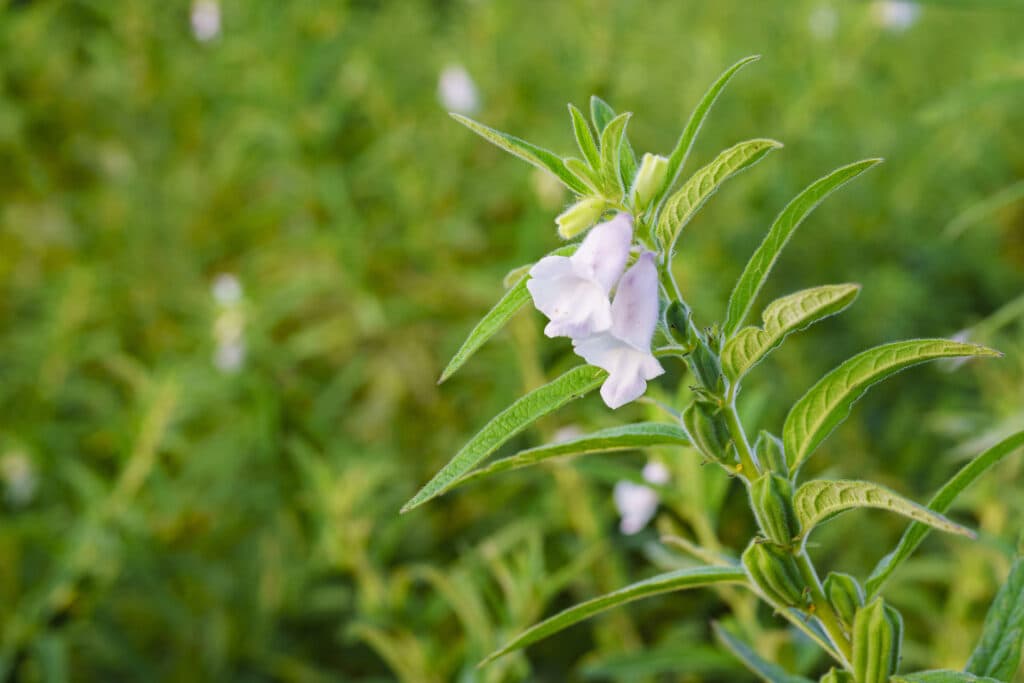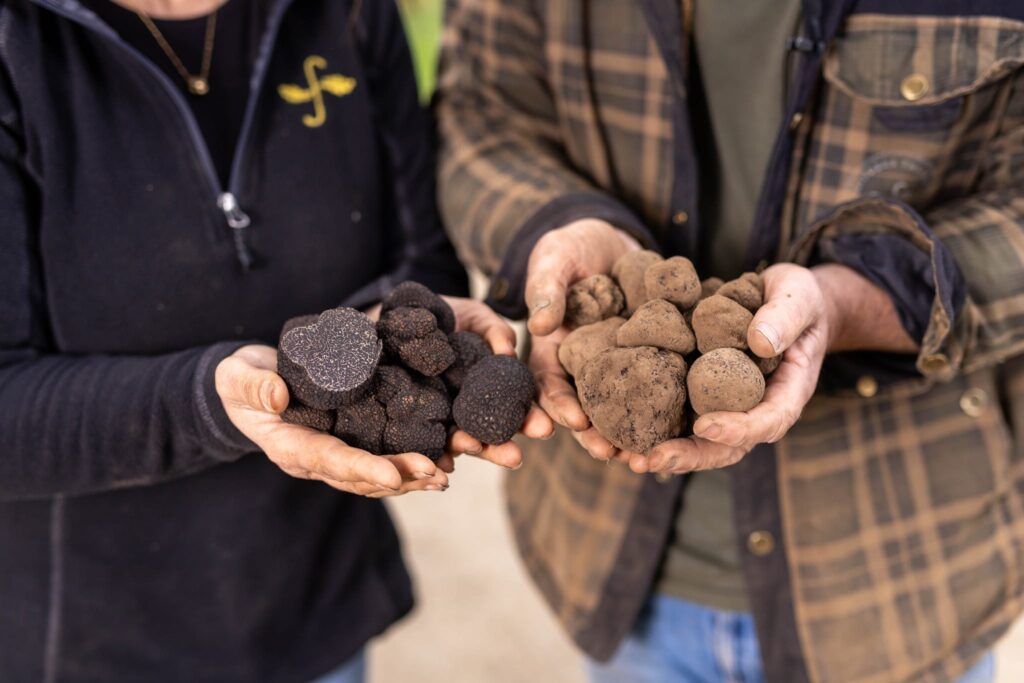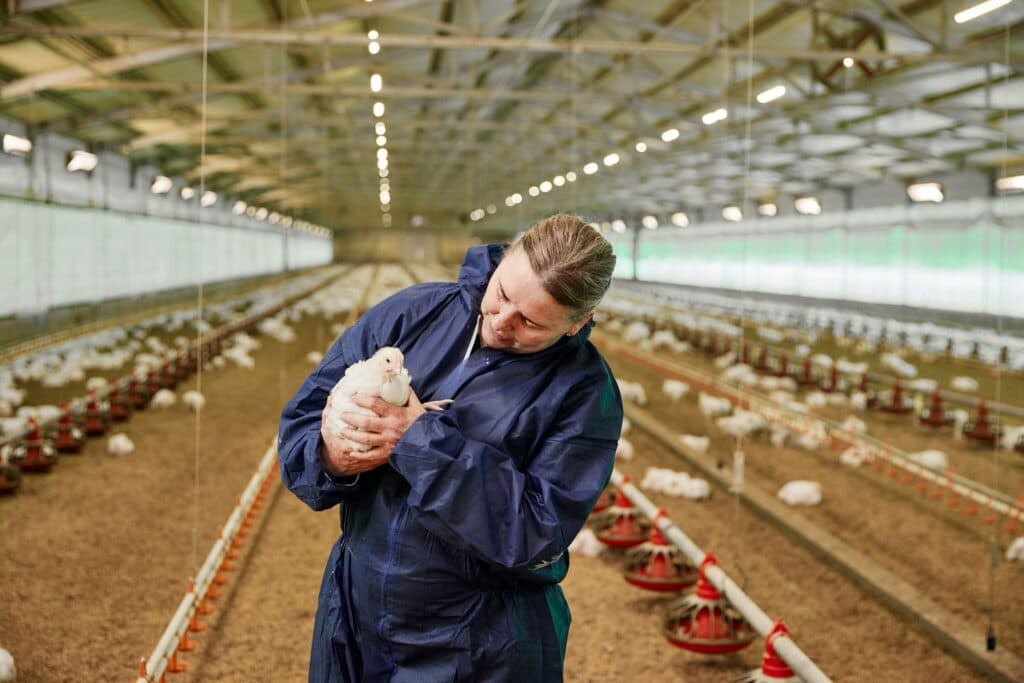

Emerging Industries
Australian Date Palm RD&E Plan (2023-2028)
Date palms (Phoenix dactylifera) were first grown in Australia in the 1880s, however due to low planting stock and limited expertise in date production, expansion...

Emerging Industries
Australian Pomegranate Industry Strategic Plan 2021-2026: Economic assessment of RD&E priorities
Small-scale commercial production of pomegranates in Australia began in the early 2000s. However, the industry was recently identified as a key emerging rural industry with...

Emerging Industries
Australian Cocoa Strategic RD&E Plan (2022-2027)
Cocoa (Theobroma cacao) is a perennial tree crop that originates from the Amazon rainforest and is predominantly grown in the tropical climates of Africa, Asia...

Emerging Industries
Australian Pine Nut Strategic RD&E Plan (2022-2032)
The pine nut is the seed of the pine tree, a coniferous resinous tree of the Pinaceae family, with premium pine nuts originating from the...

Emerging Industries
Australian Amaranth Strategic RD&E Plan
Amaranth (Amaranthus spp.) is an ancient pseudo-cereal, defined as any non-grass that is used in much the same way as cereals, that originated in Central...

Emerging Industries
Australian Murray Cod Strategic RD&E Plan (2022-2027)
Murray cod (Maccullochella peelii) is a freshwater fish native only to Australia. Aquaculture production occurs in four states, spanning a large geographic profile from southern...

Emerging Industries
Australian Hazelnut 2030 Strategic Blueprint
Hazelnut is the fruit of the hazel tree and therefore includes any of the nuts deriving from species of the genus Corylu. They are grown...

Emerging Industries
Australian Jujube 2030 Strategic Blueprint
The jujube (Ziziphus jujuba Mill.) is an emerging fruit crop in Australia, however for thousands of years it has been an important fruit crop in...

Emerging Industries
Australian Industrial Hemp Strategic RD&E Plan (2022-2027)
The industrial hemp (Cannabis sativa L.) industry is experiencing strong growth, with new technologies improving production and a range of value-added products being developed. Industrial...
About the program
The AgriFutures Emerging Industries Program helps grow up-and-coming emerging agricultural industries through targeted research and development. Funded research explores opportunities for growth, and we invest in skills-development for emerging industry leaders. Our goal is to sustainably grow developing rural industries and help them reach new markets.
AgriFutures Australia supports emerging industries which fall into one of three categories:
- Emergent: emergent industries are represented by a small number of producers and are sometimes in their trial phase. The potential or feasibility of the emergent industries needs to be explored and mapped.
- Scaling: scaling industries have successfully established themselves in markets and have addressed some industry issues and opportunities. They face ‘step change’ and economies of scale challenges.
- Growth: growth industries have overcome initial industry growth challenges and now need support to manage rapid growth and demand for their product.
Target industries
In 2022-23, the AgriFutures Emerging Industries Program will implement prioritised research development and extension (RD&E) investment in target industries over a five-year period. In the first year, sesame, seaweed and industrial hemp will be the target industries for new research investment. These industries have been identified following a review of all current emerging industries. Further industries will be added each year, with emerging insect technologies to be added to this list during the 2023/24 financial year.
As of this financial year, the budget for the Emerging Industries Program is fully committed, and we are unable to accept further investment enquiries at this time. The new Emerging Industries Strategic Plan will be released before the end of 2023/2024. This plan will offer clear guidance on our investment approach and stakeholder requirements for an Emerging Industry for the upcoming financial year.
RD&E Plans
The development of a RD&E plan is a crucial first step in growth for a new and emerging industry. Working closely with various high-potential emerging rural industries, AgriFutures Australia has developed a number of RD&E plans which clearly identify opportunities and barriers to industry growth and subsequent RD&E priorities for the industry. RD&E plans for emerging industries are resources that can be used by industry to help drive investment and growth within their industry.
Collaboration
We are committed to working closely with those involved in emerging agricultural industries to identify research priorities and make program investments which will grow the value and diversity of Australia’s rural economy.
The AgriFutures Emerging Industries Technical Advisory Group (TAG) has been established to provide technical investment advice and recommendations on research project applications to AgriFutures Australia. It’s an exciting opportunity for the TAG to be involved in Australia’s new and emerging rural industries, by providing feedback and assessment of stakeholder RD&E ideas and applications, as well as technically assess project outputs where required.
The TAG comprises members with a diverse range of skills, allowing the AgriFutures Emerging Industries Program team to nominate specific members to assess applications and outputs based on their expertise.
Read more about our AgriFutures Emerging Industries Technical Advisory Group
Read more about our AgriFutures Emerging Industries Consultative Committee
FAQ's
What is an emerging industry?
Emerging industries are new industries in Australia with high growth potential. Our emerging industries investment supports a diverse range of up-and-coming rural industries such as industrial hemp, Indigenous native foods, sesame, quinoa and marron, just to name a few.
What is the difference between a levied industry and an emerging industry?
If you buy, export, produce, process or sell Australian agricultural produce yourself, or on behalf of another person, you may have to pay a levy or charge. Industry levies and charges fund research and development (R&D), marketing , biosecurity activities such as plant and animal health programs, biosecurity emergency responses and residue testing activities that benefit industry.
In many cases, and within certain prescribed limits, the government matches the R&D component of levies on a dollar-for-dollar basis.
Farmers and producers from emerging industries are not required to pay primary industry levies and charges to fund R&D. Instead, AgriFutures Australia receives funding from the Australian Government to invest into driving the growth or development of emerging, high-potential rural industries.
Contact
An Emerging Industry is defined as a single commodity, non-levied industry, distinct from products or value-additions obtained from multiple industries. If your enquiry does not meet our definition of an Emerging Industry, and relates to the development of new revenue streams for multiple industries, we suggest you reach out to the New Enterprises program at
As of this financial year, the budget for the Emerging Industries Program is fully committed, and we are unable to accept further investment enquiries at this time. The new Emerging Industries Strategic Plan will be released before the end of 2023/2024. This plan will offer clear guidance on our investment approach and stakeholder requirements for an Emerging Industry for the upcoming financial year.
For access to all our publications, please visit our website’s Knowledge Hub. Tip: Those coloured light blue are our emerging industry publications. Further, industry presidents can be contacted directly regarding industry-based enquiries.
All project and program enquiries can be directed to the relevant AgriFutures Emerging Industries Program Manager.

